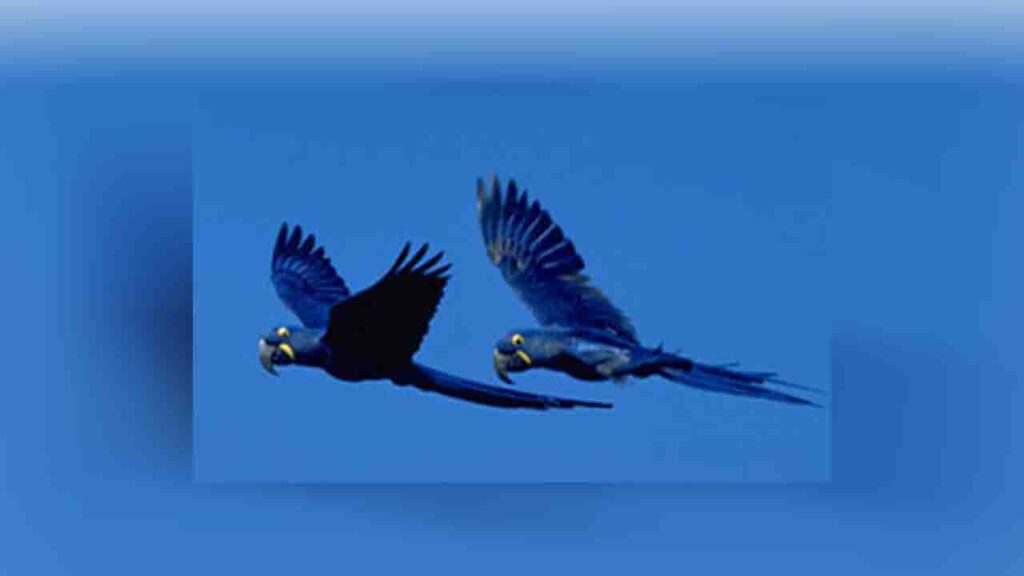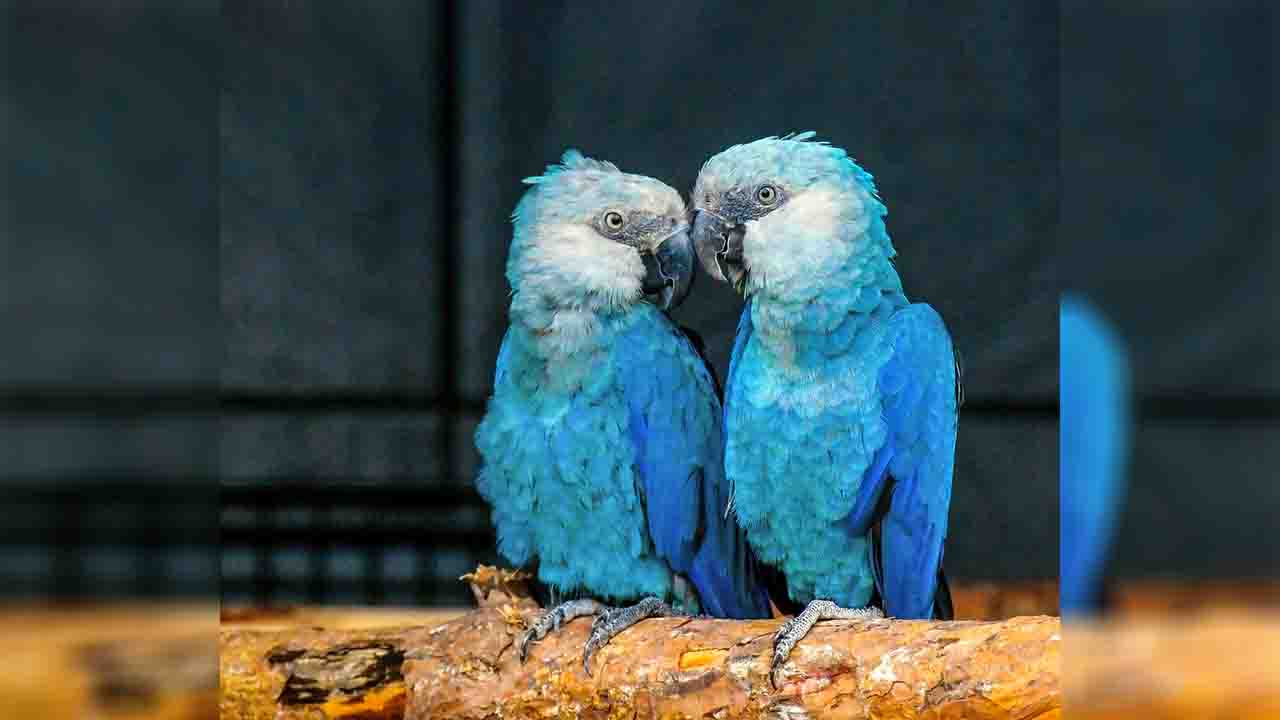In the heart of the lush Amazon rainforest, a vibrant spectacle has been unfolding over the past few decades – the remarkable resurgence of the blue macaw population. Once teetering on the edge of extinction, these magnificent birds have defied the odds, making a triumphant comeback thanks to concerted conservation efforts and global awareness. This heartening tale of resilience and human dedication serves as a testament to the power of collective action in preserving Earth’s biodiversity.

The Precarious Decline
The blue macaws, particularly the Spix’s macaw (Cyanopsitta spixii) and the Hyacinth macaw (Anodorhynchus hyacinthinus), faced a dire fate in the 20th century. Rampant deforestation, illegal pet trade, and habitat destruction pushed these iconic birds to the brink of extinction. By the early 1990s, the Spix’s macaw was considered extinct in the wild, and the Hyacinth macaw population was rapidly dwindling. Drastic measures were needed to reverse this devastating trend and save these magnificent creatures from vanishing forever.
Conservation Initiatives and Collaborative Efforts
In response to the alarming decline of blue macaws, numerous conservation organizations, wildlife enthusiasts, and governments collaborated to implement comprehensive strategies aimed at protecting these species and their habitats. One of the key initiatives involved establishing protected areas within their natural habitats, safeguarding critical nesting and feeding sites. Conservationists also worked tirelessly to combat illegal wildlife trafficking, enforcing stricter regulations and penalties to deter poachers and traders.
Moreover, international collaboration played a pivotal role in the blue macaws’ recovery. Conservationists across borders joined forces, sharing expertise, resources, and knowledge to enhance the effectiveness of their efforts. Conservation breeding programs were established in various countries, providing a safe environment for blue macaws to reproduce and raise their chicks without the threats they faced in the wild. These programs not only bolstered the captive population but also paved the way for successful reintroduction into their natural habitats.
Reintroduction and Habitat Restoration
One of the most significant milestones in the blue macaws’ conservation journey was the successful reintroduction of captive-bred individuals into their native habitats. Carefully planned and executed, these reintroduction programs aimed to reestablish viable, self-sustaining populations in the wild. Conservationists monitored the released birds closely, ensuring they adapted well to their natural surroundings and could fend for themselves.
Simultaneously, efforts to restore degraded habitats gained momentum. Reforestation projects were launched, aiming to recreate the blue macaws’ natural habitat and provide ample food sources. Local communities played an essential role in these initiatives, contributing to the conservation efforts and realizing the importance of preserving their unique natural heritage.
The Impact of Awareness and Education
Raising public awareness and education were integral components of the blue macaw conservation efforts. Conservation organizations and governments collaborated to educate local communities and the global public about the importance of preserving these magnificent birds and their habitats. Through educational campaigns, documentaries, and interactive workshops, people learned about the blue macaws’ ecological significance and the consequences of their decline. As awareness grew, so did the support for conservation initiatives, leading to increased funding and resources for the cause.
The Triumphant Return
Thanks to the unwavering dedication of conservationists, the blue macaws began their triumphant return to the wild. Gradually, the once-empty skies started to echo with the vibrant hues of these majestic birds. As the population grew, so did the hope for the future of these species. Today, the Spix’s macaw and Hyacinth macaw have been successfully reintroduced into their natural habitats, marking a remarkable conservation success story.
Conclusion
The revival of blue macaw populations stands as a shining example of what can be achieved through determined conservation efforts, international collaboration, and public awareness. The resurgence of these iconic birds from the brink of extinction serves as a powerful reminder of our responsibility to protect and preserve the incredible biodiversity that graces our planet. By learning from the success of the blue macaw conservation initiatives, we can continue to work together to safeguard endangered species and ensure a harmonious coexistence with the natural world.








